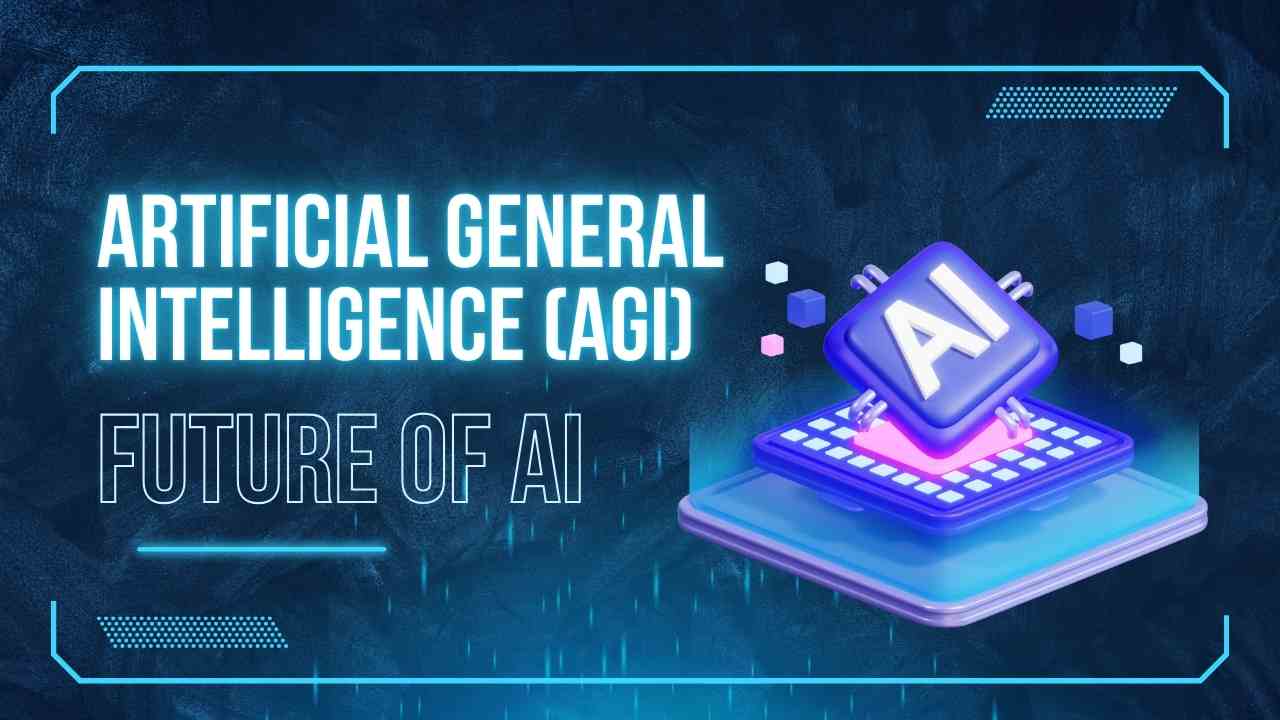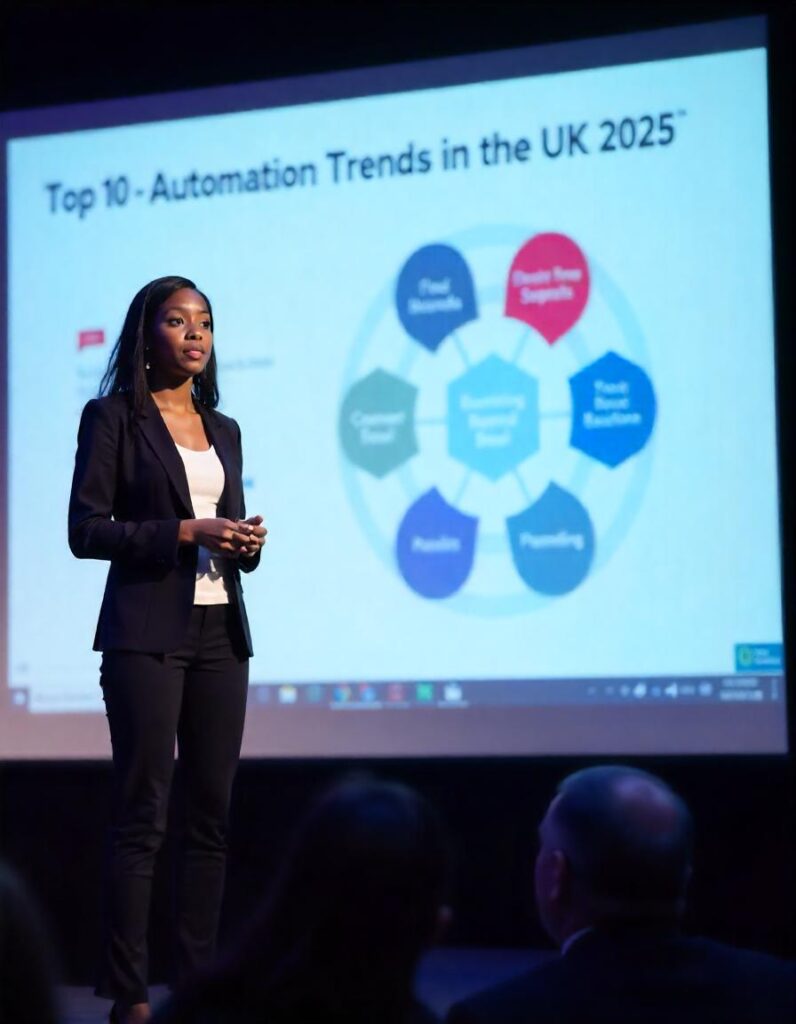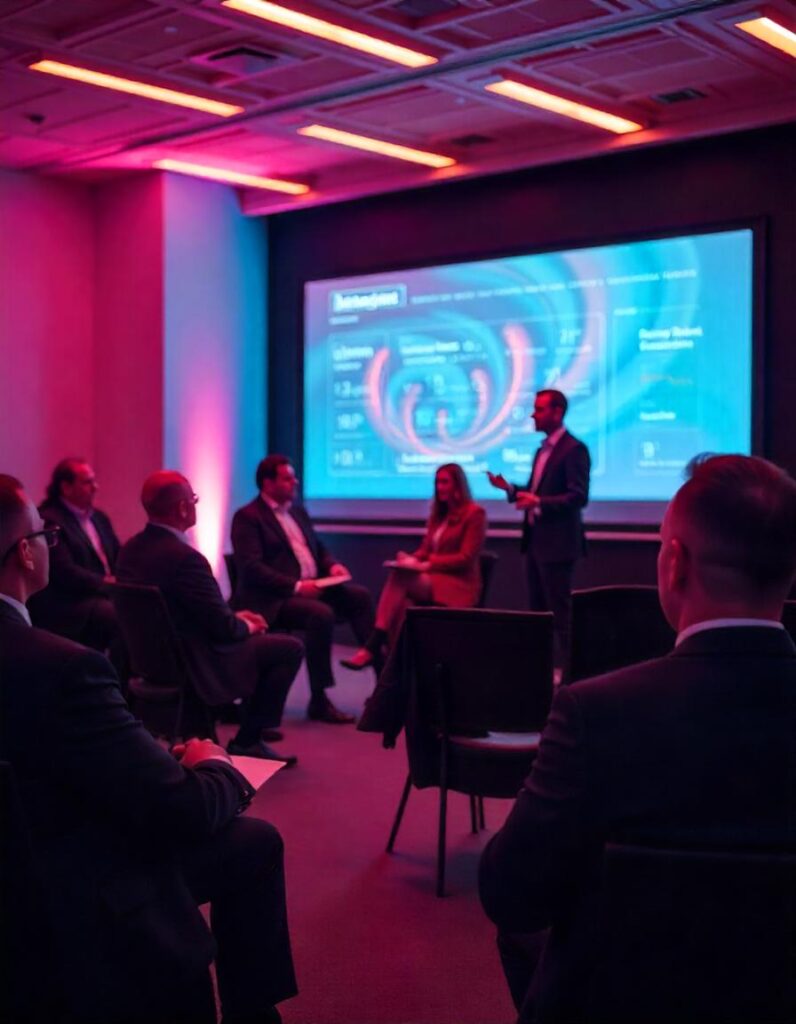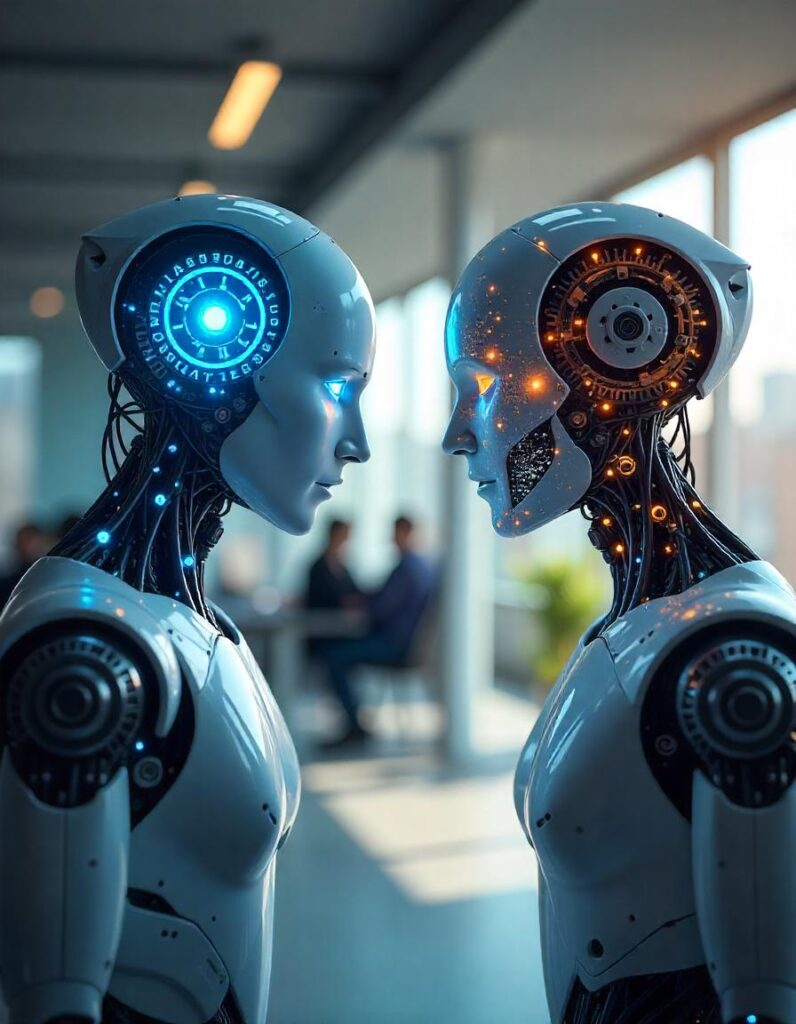AI (artificial intelligence) has quickly become an important part of our lives, changing businesses and the way we use technology in new ways. As AI has made rapid progress, the idea of Artificial General Intelligence (AGI) has grown. AGI refers to the idea of machines that have cognitive skills similar to humans and can do a wide range of intellectual tasks. It is very important to know the difference between AI and AGI because it affects what people expect, how policies are made, and important social questions that are raised.
How Artificial Intelligence is Getting Better
The speed at which AI is growing is accelerating, thanks to better computers and more data. It now includes a lot of different methods and tools that make it possible for computers to act like humans. AI can be used in many fields, such as healthcare, banking, transportation, and entertainment. It changes the way things are done, makes them more efficient, and opens the door to new ideas.
What Artificial General Intelligence Could Do
AI is focused on narrow areas and specific jobs. AGI is the next level of machine intelligence. AGI tries to create very self-sufficient machines that can think and reason like humans and do very well at many intellectual tasks.
At this point, there are no real AGI programs that can do things that humans can do. There is ongoing study into AGI, and companies like OpenAI and DeepMind are working on it. However, putting it to use in the real world is still just a thought experiment.
Research is still ongoing. There have been some theoretical frameworks and general ideas. But that has been the extent of it.
How to Understand Artificial Intelligence
Artificial intelligence (AI) is the process of making computers that are smart enough to see, learn, think, and act. This idea includes methods for machine learning, processing natural language, computer vision, and robotics.
AI can be used for many things, from virtual assistants and suggestion systems to self-driving cars and predictive analytics. Even though AI has come a long way, it is still limited and only works in certain areas. It cannot handle problems in general the same way AGI does.
Taking a closer look at artificial general intelligence
Human-like artificial intelligence (AGI) system is able to think about, reason, and resolve problems, and is similar to humans. AGI surpasses what AI can accomplish by making it easier for machines comprehend information, learn from it, and apply the lessons they’ve learned to solve diverse range of situations with a particular focus on flexibility in thinking, creativity, and general ability to solve problems. To make it grow it is necessary to improve in areas such as reasoning, presenting information, and recognizing the context.
Generative AI
Generative AI is a fascinating branch of artificial intelligence that is focused on creating models that are able to create their own distinctive material. Through the benefit of deep learning and neural networks, these models are able to learn from massive data sets and produce outputs such as music, writing, or images. Generative Adversarial Networks (GANs) are a well-known method of the field of generative AI. GANs can produce fake content. In order to differentiate between fake and genuine material, many software uses a discriminator system to help identify any such instances of falsity. Generative AI techniques have applications across a range of creative fields including entertainment, design, art and other fields of creative endeavor.
Artificial Superintelligence
To create artificial superintelligence (ASI), you would need to make computers that are much smarter than humans and can think of things that humans can’t. ASI is the highest level of artificial intelligence, which means that machines are smarter than people.
The ASI would adjust to the environment and develop independently. This would allow them to perform a lot of intellectual tasks quicker and more efficient than ever before.
What Makes AI and AGI Different?
AI and AGI differ in what they can do and how big they are. It is important to remember that AGI is still an idea, the following similarities exist between real AI models and fake AGI systems, which means they must be considered speculative.
AI focuses on task-specific systems that are great at narrow, specific domains (e.g., ChatGPT for language modeling; DALLE for image generation; GitHub Copilot for coding); AGI, on the other hand, tries to make machines as smart as humans in many areas by being flexible, understanding context, and learning on their own. In a way it attempts to accomplish this by improving on the previous AI systems and making it smarter, more flexible and conscious as compared to the previous version.
The main differences between AI and the idea of AGI are these:
- Scope
People often use the word “AI” to refer to any technology that makes tools smart enough to do things on their own. In this case, it includes both AI systems that are very good at a few jobs and AGI, which is better at a lot of different things.
- Flexibility
AI tools and systems are usually made to be very good at certain jobs or in certain areas. They only do one thing well and can’t use their information and skills in other areas. AGI, on the other hand, is more flexible because it can use its intelligence for a longer list of jobs.
- Autonomy
A lot of the time, AI systems need help or direction from humans in order to work well. They only work within certain limits and can’t do anything on their own that goes beyond what they were meant to do. AGI systems, on the other hand, have a lot of freedom and can work on their own, getting better on their own and making decisions without any help from a person.
- Intelligence Level
Advanced machine algorithms for learning or expert-level systems provide two examples of AI systems that are skilled at certain tasks however they’re not able to fully comprehend or have a sense of surroundings. AGI systems are created to be smarter than humans, which means they are able to comprehend what’s happening in the world around them, evolve with the pace of change, and carry out many different mental tasks on a level which is comparable to humans’.
- Self-Awareness
AI programs do not possess consciousness or self-awareness; instead they rely on preprogrammed algorithms or patterns to process information and make choices. An AGI system, on the other hand, should possess all of the intelligence found in human brains while still having self-awareness so it can experience subjective experiences and form its own identity.
Challenges and Concerns
Artificial Intelligence (AI) has raised serious social concerns. Each new AI development adds further questions. AGI may exacerbate these effects further, raising even greater ethical and legal considerations and risks such as possible unintended outcomes or control issues.
For optimal outcomes and to mitigate discrimination and bias in AI/AGI decisions, it is imperative that decisions are made fairly, openly and responsibly. To mitigate risks and ensure these technologies remain safe for use, they must be developed responsibly with strong governance systems and stakeholders actively involved.
The Future and What Could Happen
AI and AGI have a lot of great promise in the future. AI’s limits are still being pushed by ongoing study and technological progress, which opens the door for more innovation. AGI would probably have huge, life-changing effects on businesses and society as a whole, leading to big steps forward in areas like healthcare, science, technology, and more. To use AI and AGI to their fullest potential for the good of all people, it is important to find a balance between new ideas and safety and moral concerns.
Conclusion
To make sense of the constantly changing world of artificial intelligence, it’s important to know the differences between AI and the still-unknown AGI. Some AI tools have already had a big effect on the world. AGI, on the other hand, is the next big thing because it has cognitive skills similar to humans. When these tools are used, they need to be used in an ethical way. We can get the most out of AI and AGI by being open to new ideas and upholding moral standards. This will change businesses and make the future better for everyone.




